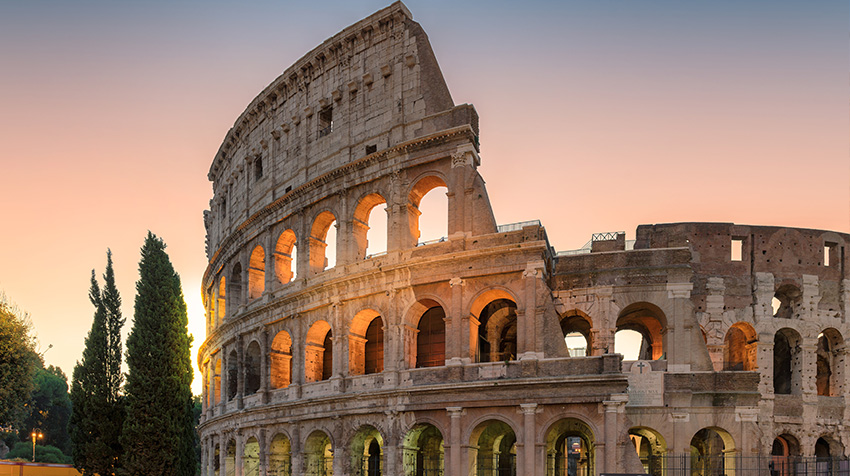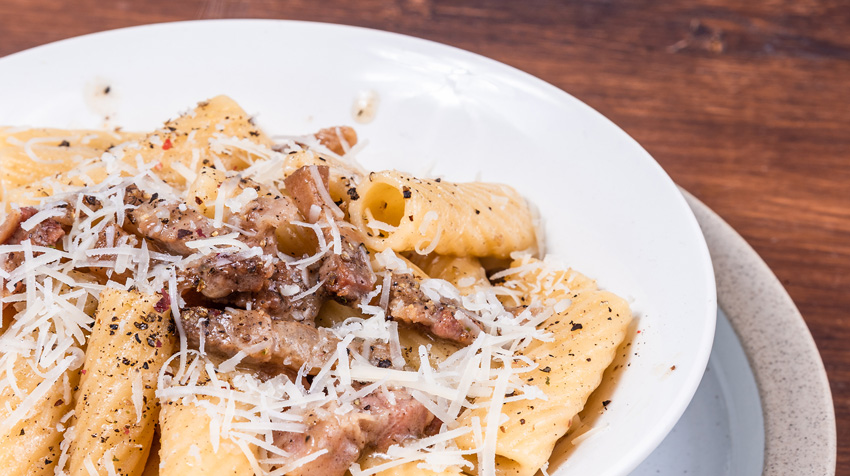
Lazio, pronounced as “laat·see·ow,” is the Italian region which is home to Rome – the everlasting city celebrated for its famous monuments like the Colosseum, the captivating Trevi Fountain, the historical Forum, the splendid Pantheon, the obligatory selfie spot at the Spanish Steps, and naturally, the nearby miniature city of Vatican City – the religious hub of the Roman Catholic Church.
There is more to Lazio than Rome, but certainly Rome still has an undying influence that still resonates in our present-day society. And the food!

The cuisine in Lazio is truly extraordinary! One charming custom in Rome and its surroundings is exploring the rural areas to indulge in the combination of crisp fava beans and slices of the renowned local cheese, Pecorino Romano. Moreover, during mid-spring, you can savor tiny fragolina strawberries, a local delicacy, enjoyed with mascarpone cream or a touch of sugar and fresh lemon juice.
Food holds a central place in Roman culture, so much so that even the days of the week are associated with specific dishes. As Romans say, “Giovedì gnocchi, Venerdì ceci e baccalà, Sabato trippa…” which translates to “On Thursday, you eat gnocchi (probably gnocchi ‘alla romana,’ made with semolina flour); on Friday, pasta with chickpeas and a piece of baccalà (salt cod, often baked with tomatoes and olives); Saturday is reserved for tripe (a culinary adventure yet to be embraced by most Americans).
In the realm of pizza within the city of Rome, there exist two primary types: Pizza al taglio, which is sold by the slice, commonly sliced using scissors and consistently served as a rectangular shape, and Pizza Romana, a complete pie featuring a thin crust. On occasion, Pizza Romana is denoted as pizza bassa, signifying its distinctiveness from the Neapolitan-style pizza alta (high pizza). Roman pizza often features dough with added oil, resulting in a crispy crust. Locals affectionately describe this crunch as “scrocchiarella.”

Romans have a deep love for spaghetti, which is the typical pasta used in the “Famous Four” Roman pasta dishes: Cacio e Pepe, Gricia, Carbonara, and Amatriciana. These dishes share the same key ingredient, Pecorino Romano sheep’s milk cheese, which, when combined with pasta cooking water, creates a smooth and flavorful emulsion. Interestingly, Italians prefer dried spaghetti and most other pastas from the store, considering them superior to homemade alternatives—a testament to the quality of store-bought pastas in Italy.
So, as they say, Rome wasn’t built in a day. Similarly, don’t rush your visit to this captivating city and the Lazio region. They offer an abundance of wonders to discover and a world of food flavors to savor, embrace, and later recreate at home using genuine Italian ingredients for an authentic Italian culinary experience. Buon viaggio e buon appetito!